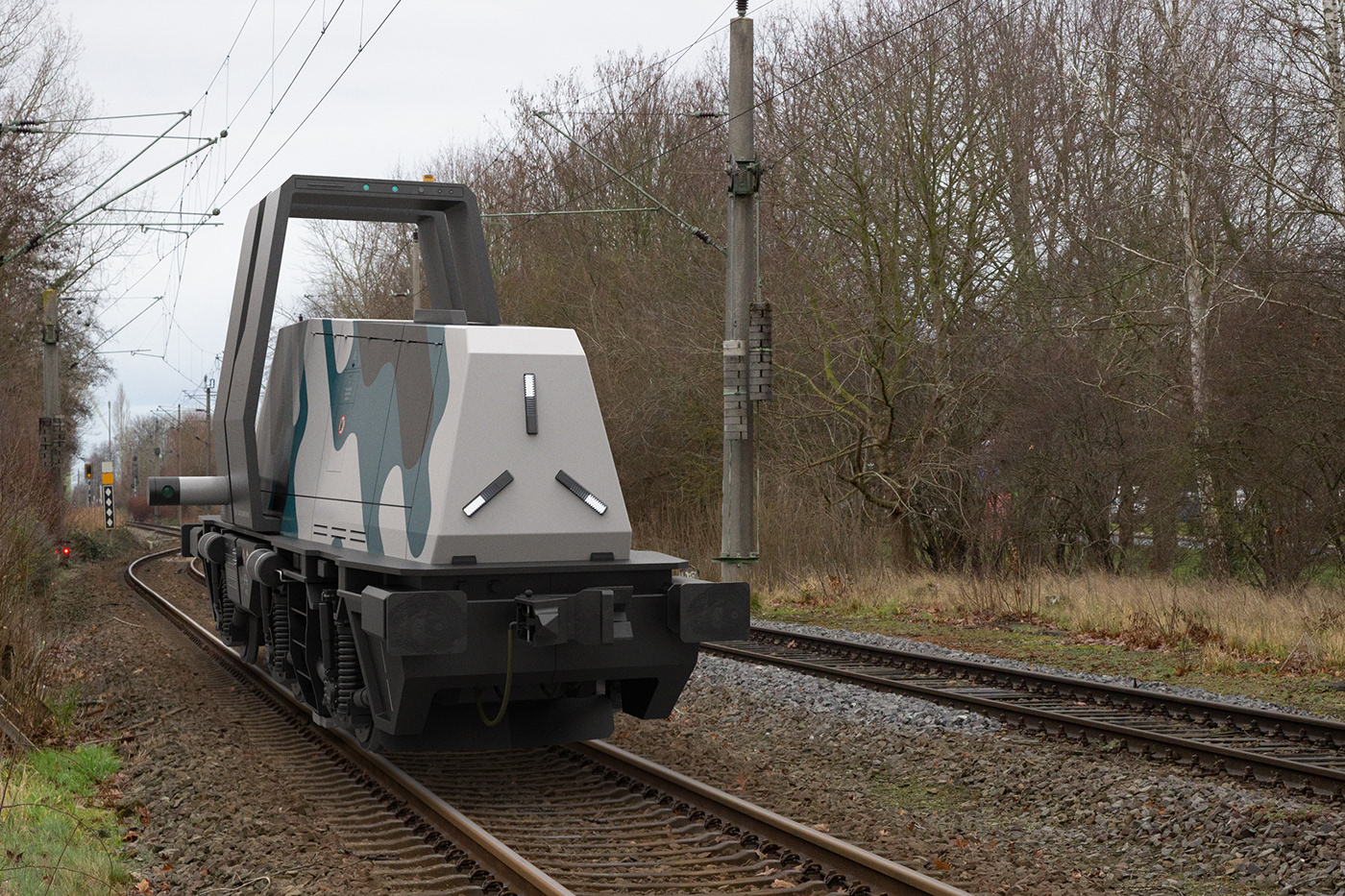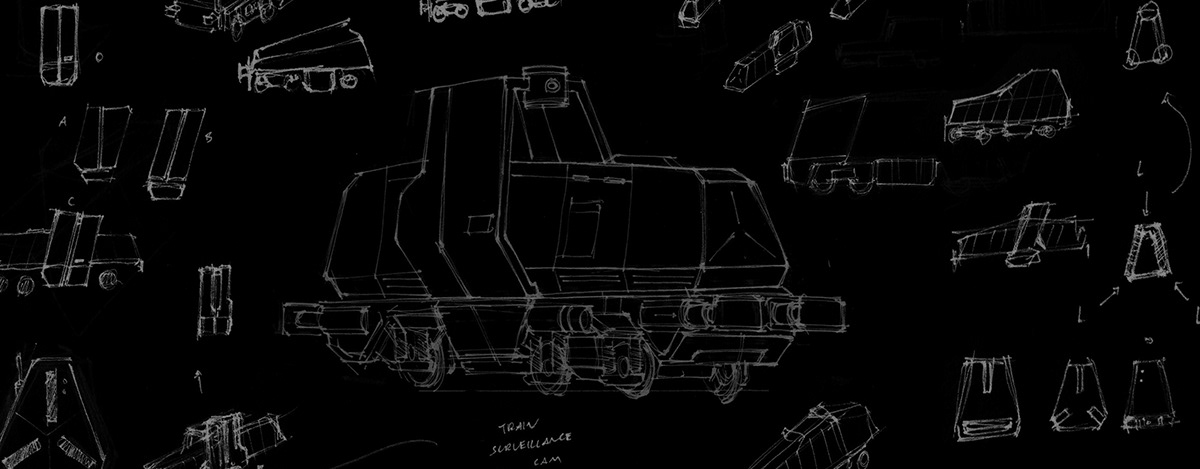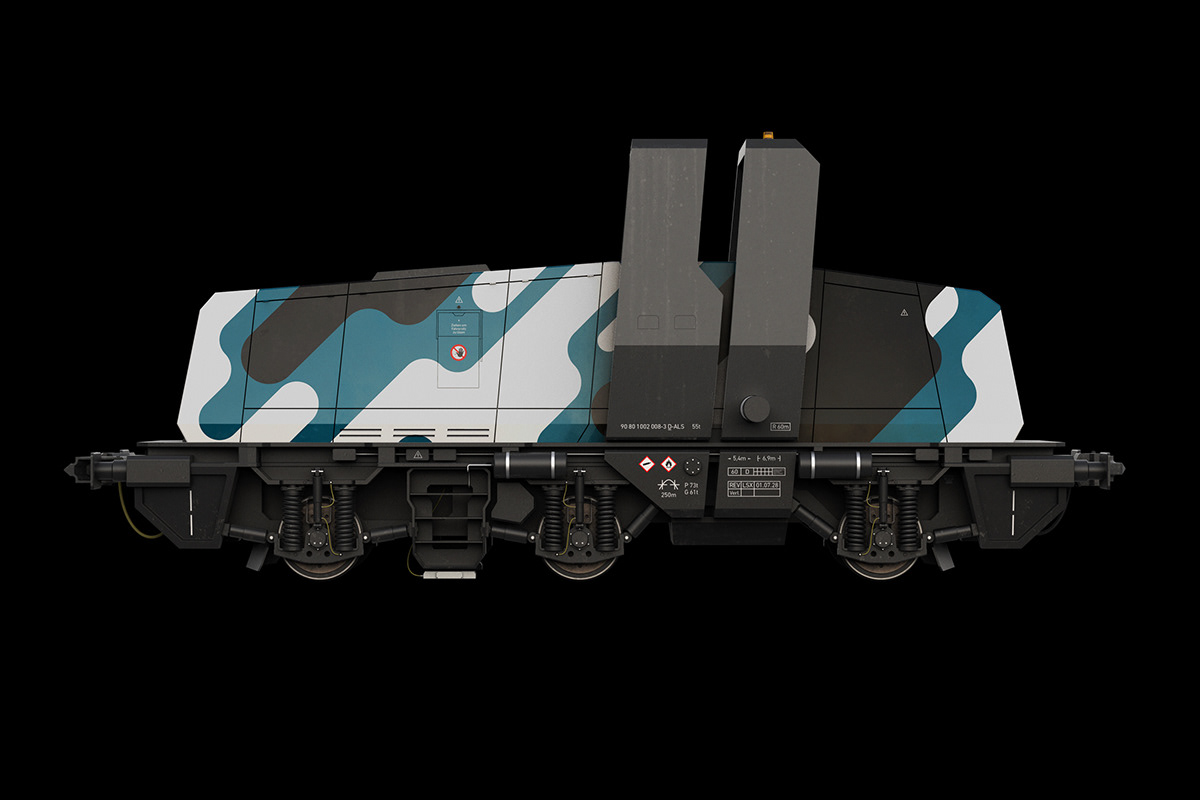
Hydrogen-powered Shunter Drone
A current problem with renewable energy sources like wind turbines and solar panels is their fluctuating production.
If demand exceeds electricity generation, conventional power plants burning fossil fuels need to step in.
During overproduction, neighbouring countries often need to be paid to use the excessive power.
This concept of an autonomous shunting locomotive revolves around the idea of using electricity overproduction to produce hydrogen in a decentralized manner. The hydrogen could not only be used as a general energy storage medium, but also to power vehicles.
This concept of an autonomous shunting locomotive revolves around the idea of using electricity overproduction to produce hydrogen in a decentralized manner. The hydrogen could not only be used as a general energy storage medium, but also to power vehicles.

Freight yards, lesser used railway lines and industrial areas often lack overhead wiring and therefore rely on diesel locomotives for transportation. Hydrogen-powered, fuel-cell equipped locomotives could be a greener alternative, especially since shunting and short-range operation would require little infrastructure for local hydrogen generation and storage.
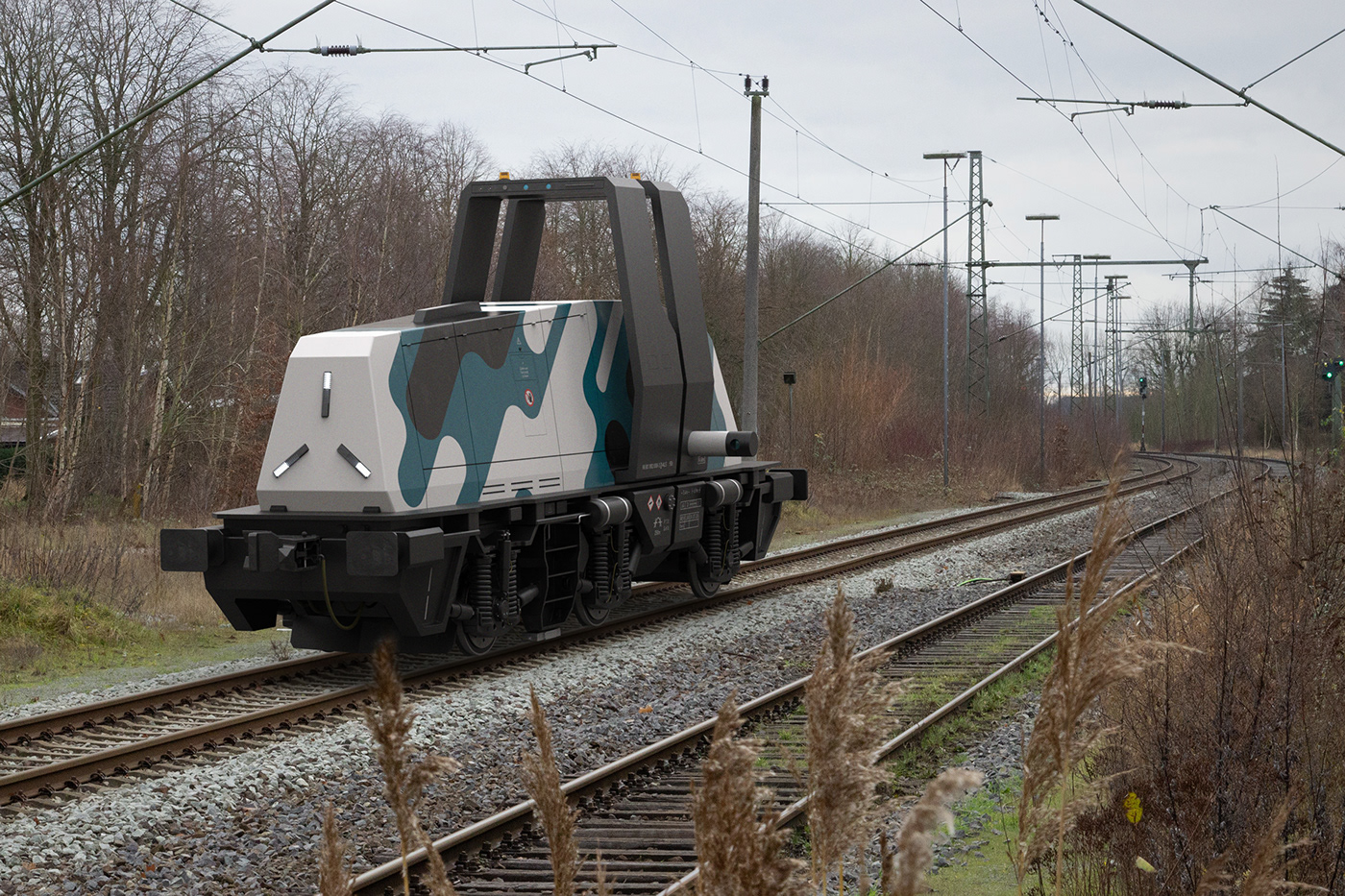
Contemporary shunting locomotives are already often radio-controlled - equipping the locomotives with advanced sensor suites and autonomous functions could further streamline logistics and improve safety during operation.
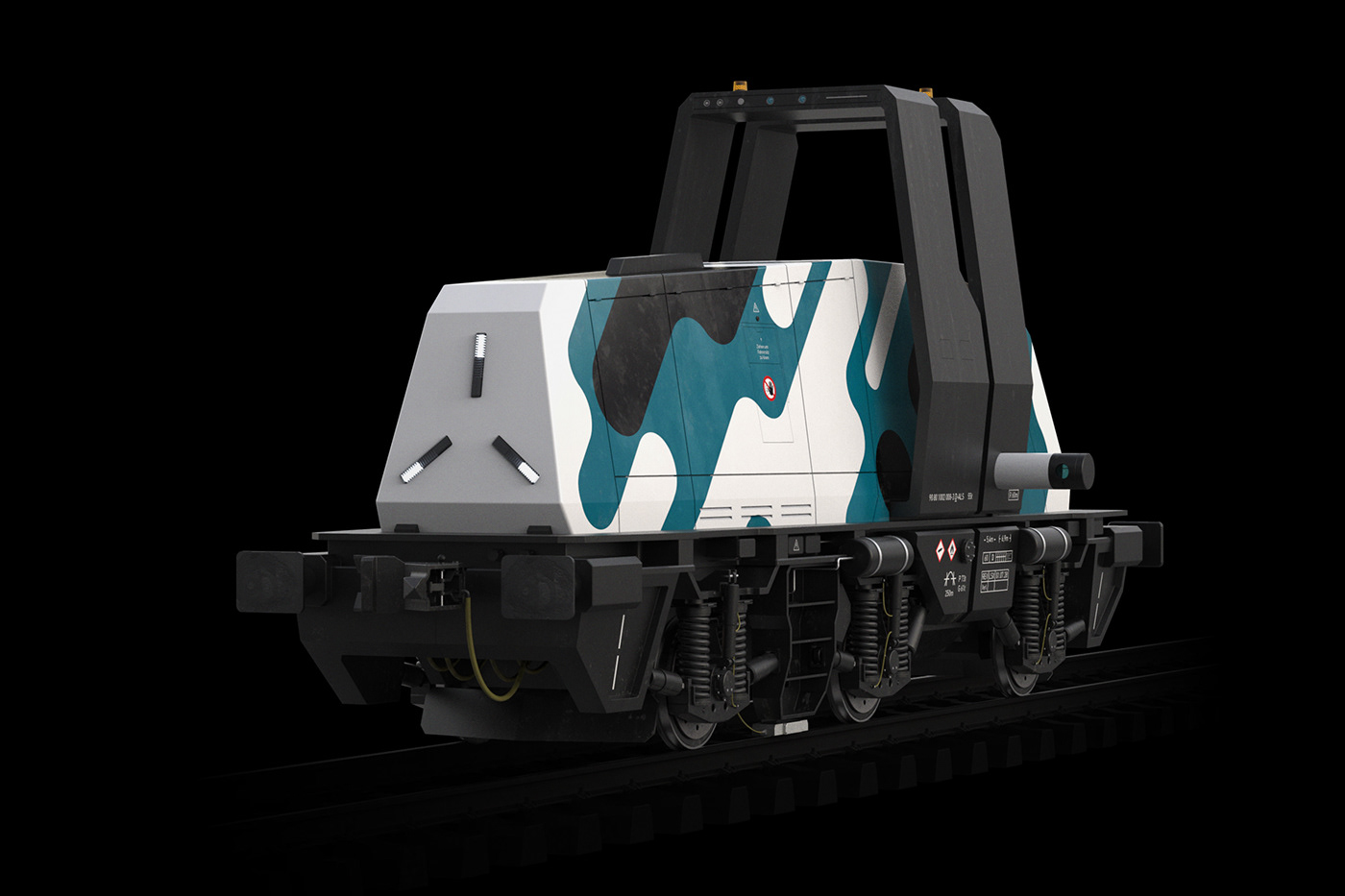
While the silhouette is reminiscent of a regular european shunting locomotive, the characteristic central frame accentuates the driverless autonomy of the drone while providing a heightened platform for the multisensor suite. The voluminous central engine compartment with its angular outlines represents traction, power and forward drive.
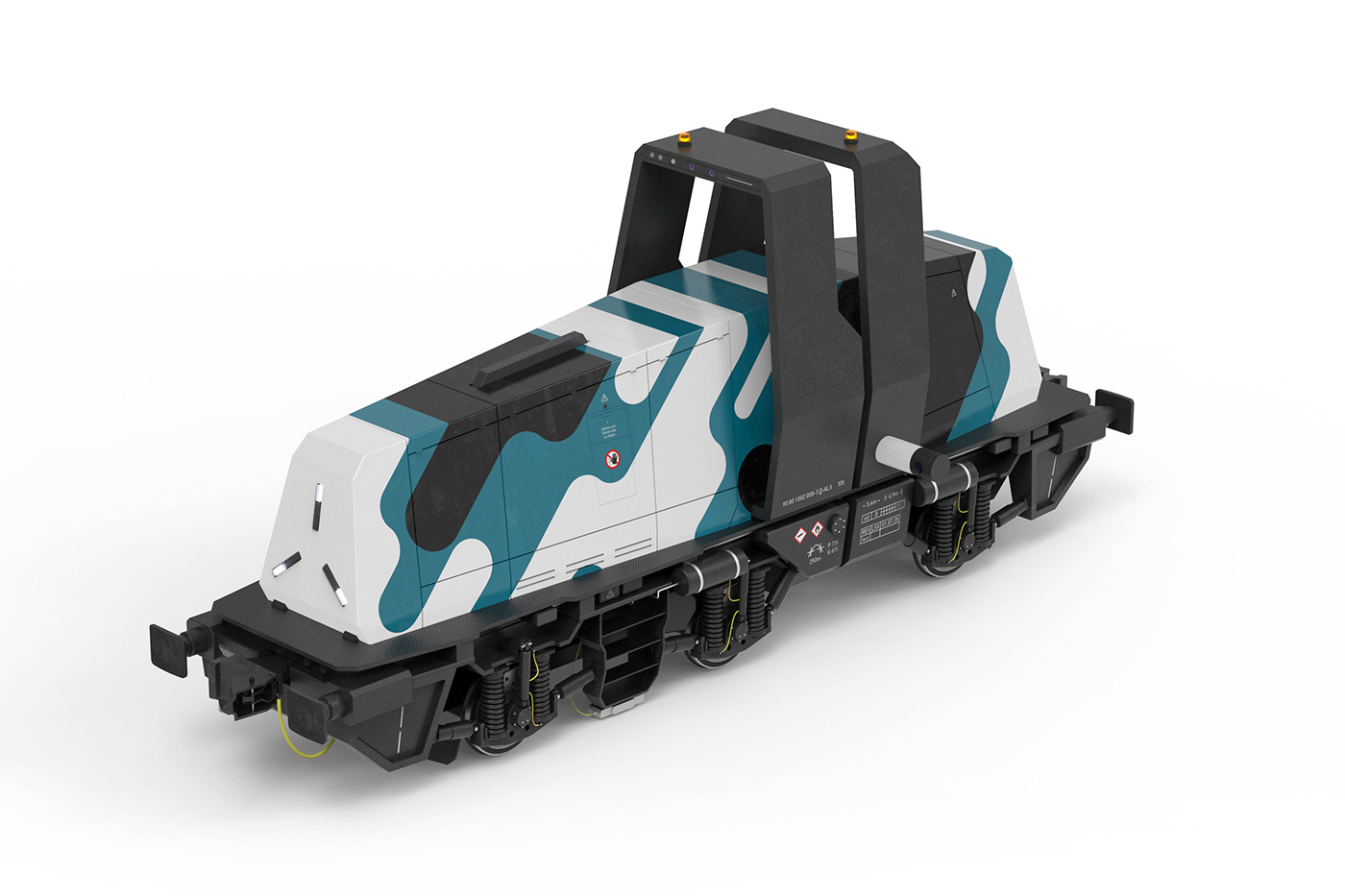
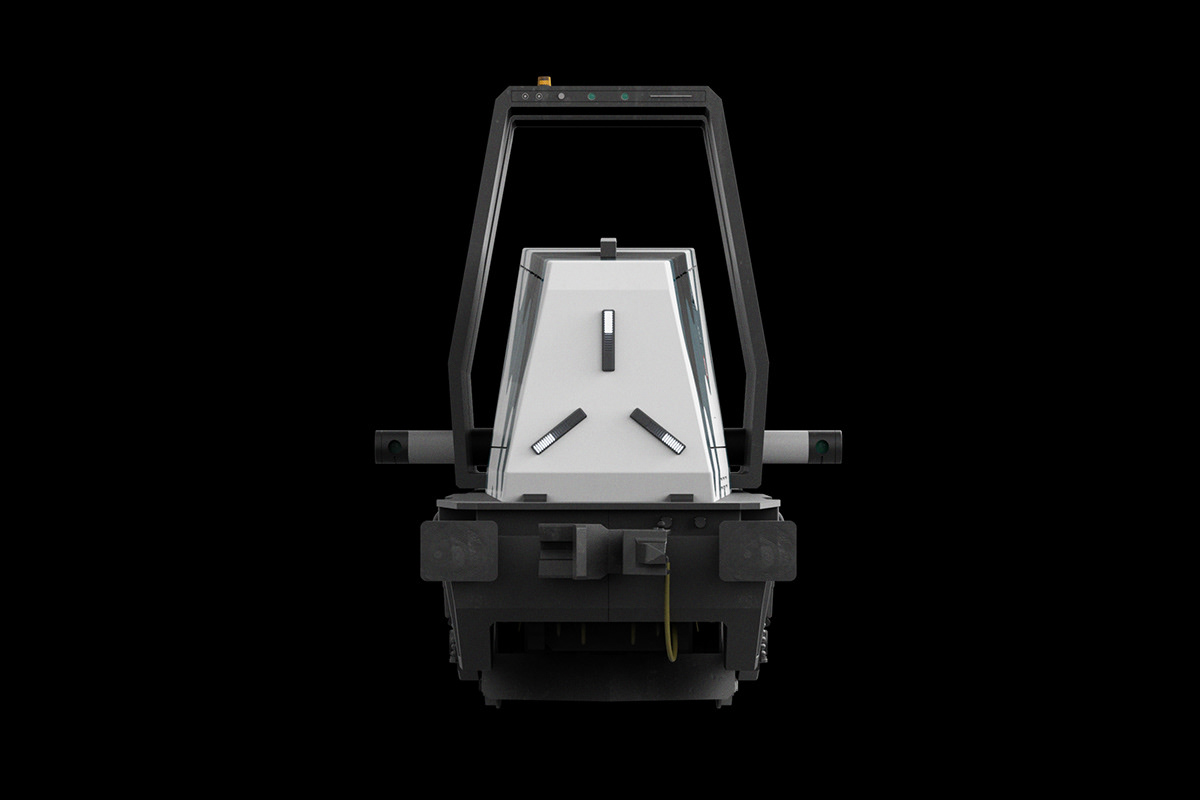
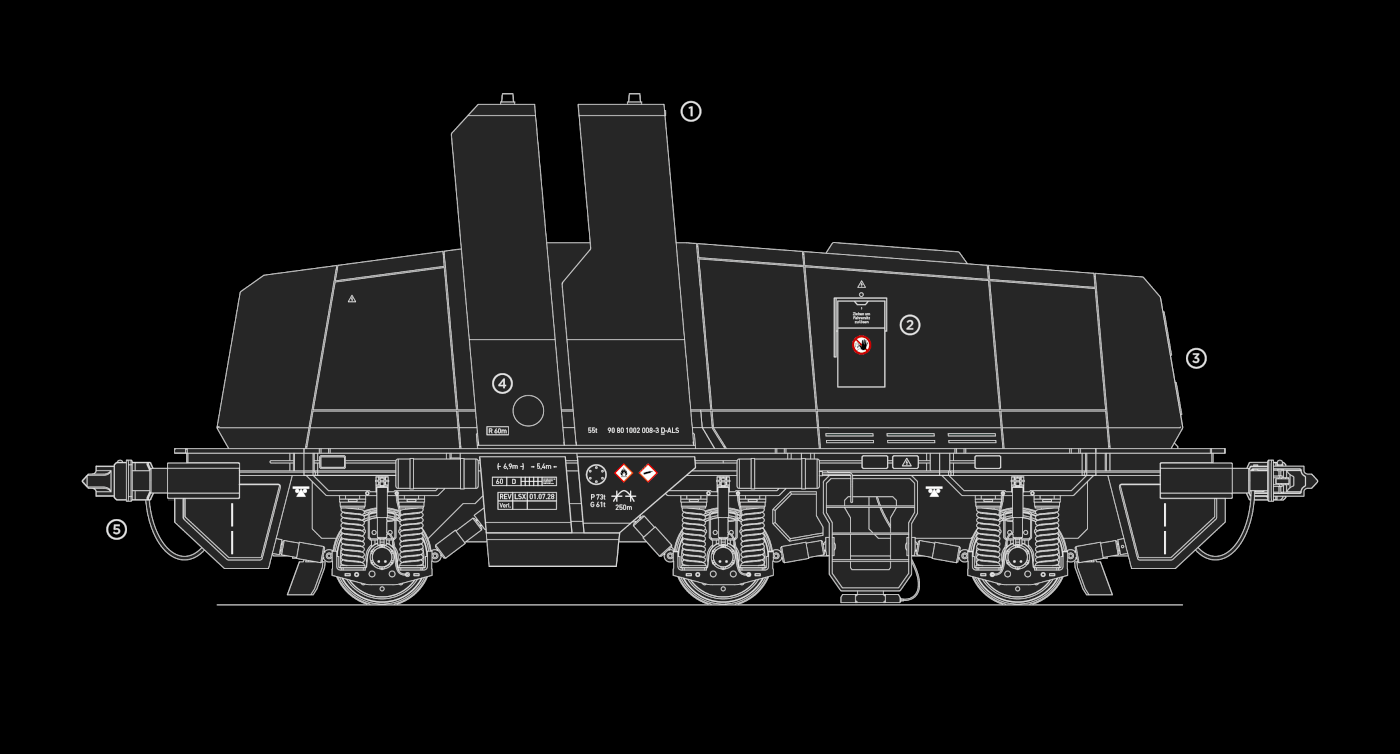
1 - sensor suite with radar, lidar, multispectral cameras and signal horns
2 - folding backup seat for human controller
3 - additional sensors, front-of-train and end-of-train lights
4 - retractable camera boom for train surveillance while stationary
5 - automatic multi-function couplers
